The user traffic logging system (Syslog) is active by default on the HSNM system and allows to receive from enabled gateways (through the IP address defined in the configuration page of gateways) traffic data produced by users and automatically register it on the files in order you can carry out any checks, inspections and lawful interception (“lawful interception”).
In Italy, it is compulsory only for internet points or companies that provide hotspot connectivity service as their primary activity. Therefore, it is not needed for bars, restaurants, hotels, parks, etc.
As described in the compatibility section, this registration system requires gateways that are able to send users’ traffic to the IP address of HSNM on port 1514.
u003cstrongu003eWarning!u003c/strongu003e In general, the default port of the Syslog is 514, thus to send the LOGs to HSNM, you need to change the default port from 514 to 1514. Moreover, you have to open this port (both TCP and UDP) in your firewall to allow HSNM to receive the LOGs from the gateways.
The page displays a table, the list of daily files that contain the logs.
The available data of the columns are the following:
| Field | Description |
| Date and time | Date and time of the file. |
| File name | Name of the file. |
| Size | Dimension of the file. |
u003cpu003eYou can filter or sort the data as described in the u0022u003ca href=u0022https://wiki.hsnetworkmanager.com/?contenuto=tablesu0022u003eu003cemu003eTablesu003c/emu003eu003c/au003eu0022 paragraph.u003c/pu003e
By clicking the context properties button of the file, you expand the context dropdown menu with a range of options grouped by: edit; admin.
It contains the following options:
| Option | Description |
| Download | It allows you to download the file containing the day’s logs. |
Warning! If you have configured multiple HSNMs in Round Robin, files may be distributed in the various HSNMs. To get the complete data of the user traffic, it is necessary to access the individual HSNM and display the contents of all of them.